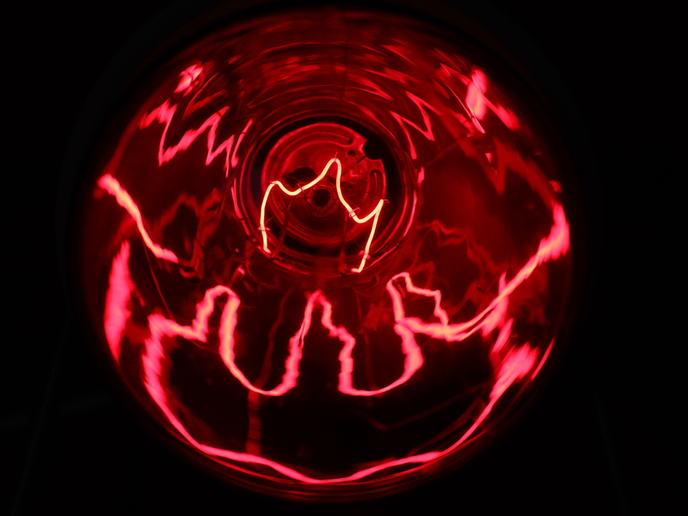Novel spin transport mechanisms in metals
Manipulation of electron spin lies at the heart of spintronics to develop smaller but efficient electronic circuits than those available today. “Retaining spin polarisation over the entire length of the electronic device is key to its successful development,” says Prof. Angel Rubio who has been leading the EU-funded project SOCISS. Protecting spin depolarisation caused by various relaxation mechanisms is of paramount importance for next-generation innovative devices. Pure spin current – free of charge In spintronics, one of the major mechanisms that causes electron spin to lose its ability to align in a given direction is its interaction with the orbital motion. “The inversion symmetry breaking at the interface between heterostructures generates strong spin-orbit coupling. This strong interaction favours the generation of pure spin currents, which consist of electrons with opposite spins moving in opposite directions. The ‘up’ and ‘down’ spin directions can be used to store and process information in spintronics devices,” points out Prof. Rubio. But as he further explains, “electrons cannot maintain their direction for a long distance in regions with strong spin-orbit coupling.” To get around this issue, researchers need to bring together interface regions that display huge and weak spin-orbit interactions. Getting a detailed picture of what happens at the interface between heterostructures is thus central to achieving this aim. Electrons swap spins Detailed study of the interfacial spin-orbit coupling between heterostructures led to the discovery of peculiar phenomena that have not been reported before. “We were surprised to find out that spin-orbit coupling in metal-metal junctions gives rise to what is called spin-to-spin conversion,” notes Prof. Rubio. “This effect, which is also known as spin swapping, describes how electrons swap their spin polarisation with the direction of the electric field in the presence of interfacial spin-orbit coupling,” he further explains. Controlling magnetism on demand Another notable project achievement that is particularly interesting for future electronics applications has been the ability to control spin polarisation by an electric current. “Magnetic memory elements such as in a hard drive store digital data magnetically, but writing data quickly and accurately in the same way is incredibly difficult. Applying an electric current to turn magnetism on and off makes the writing process faster and much more energy efficient, all that is required is a simple voltage pulse,” outlines Prof. Rubio. The SOCISS team used a ballistic approach to calculate spin-to-spin and spin-to-charge conversion mechanisms that take place at the interface between metal junctions. These calculations neglect any defects in the bulk of the heterostructures. Important progress has also been made with extending Zaitsev’s boundary conditions, which describe proximity effects in heterostructures to cases where interfacial spin-orbit coupling is present. Results should allow researchers to explain all the different spin conversion mechanisms triggered by interfacial spin-orbit coupling and further show their dependence on the junction thickness. From atomic to mesoscale One of the most important goals of SOCISS was to provide a multi-scale description of spin transport phenomena caused by spin-orbit interactions. The new model describes perfectly all spin transport phenomena at mesoscopic scales. “In addition, the use of first-principles techniques enabled us to determine how the material properties influence the spin mechanisms,” explains Prof. Rubio. The combination of these methods provides a detailed description of the interfacial spin-orbit coupling on all scales without using free parameters. Project findings provide great new potential for exploiting the spin-orbit interaction to manipulate electrons in spintronics applications. While researchers continue their investigations on the topic, talks at various conferences, seminars and workshops have disseminated their findings. Researchers also participated in the LanAldi(opens in new window) programme to promote their work and make science more accessible for secondary school students.







